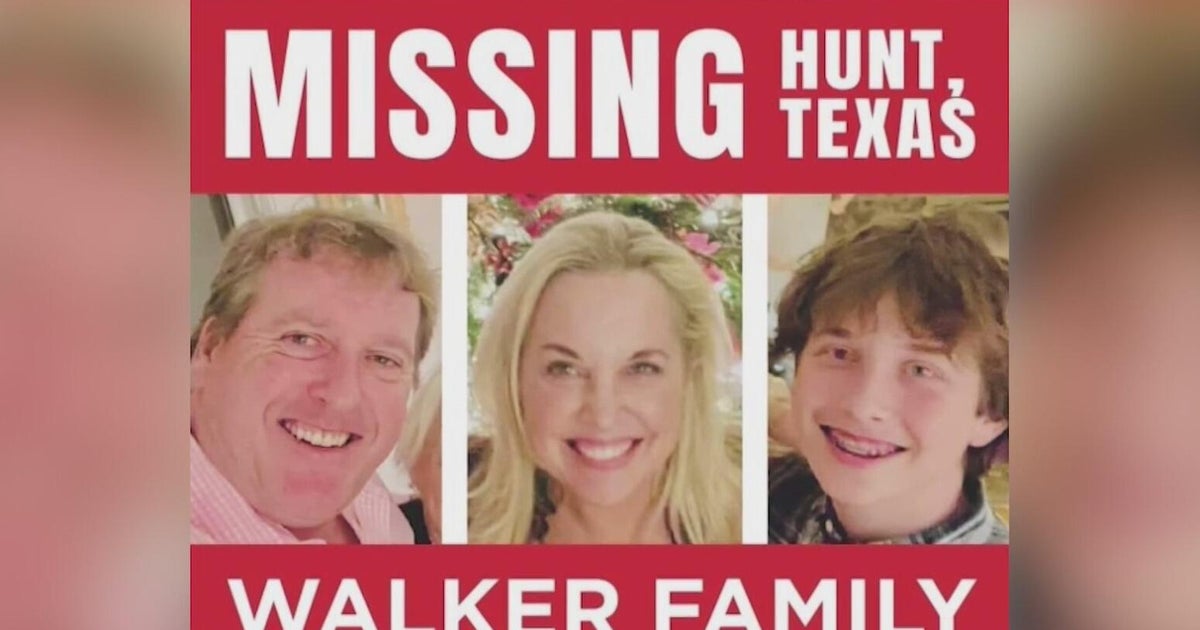Surviving Pilot Was Flung From SpaceShipTwo As It Disintegrated Over Mojave Desert
The pilot of the Virgin Galactic spaceship that tore apart over the Mojave Desert didn't know his co-pilot had prematurely unlocked its brakes, though protocol for the test flight required the co-pilot to announce the step, federal investigators said Wednesday.
Pilot Peter Siebold told the National Transportation Safety Board that he was not aware co-pilot Mike Alsbury, who grew up in the Bay Area, had pulled a brake-unlocking lever before the rocket designed one day to fly tourists to the edge of space was done accelerating. Seconds later, SpaceShipTwo began to disintegrate over Southern California.
Protocol for the flight was to announce the unlocking, an agency spokesman said.
It is not clear if Siebold didn't hear Alsbury, or doesn't remember an interaction — or the co-pilot never indicated he was taking the action. The safety board plans to analyze flight audio next week, spokesman Eric Weiss said.
Simply unlocking the spacecraft's brakes shouldn't have applied them, but investigators have theorized that happened anyway and the resulting stress on the spacecraft may have contributed to its destruction.
Virgin Galactic and said it could not comment on the investigation and referred questions to the NTSB. Siebold has not spoken publicly.
Pilots and co-pilots typically agree in advance before making important decisions, said Michael Lopez-Alegria, a former space shuttle astronaut who now consults on commercial space flight. One method is a "challenge and response" system in which one voices an intended action and the other confirms it before the action is taken.
Lopez-Alegria said he did not know whether the unlocking of SpaceShipTwo's brakes was considered critical enough to require agreement, but "you would never take that action on your own." He noted that in the cockpit of a commercial airliner, the pilot and co-pilot call out and confirm an action as routine as raising the wheels after takeoff.
The Oct. 31 crash about 120 miles north of downtown Los Angeles killed Alsbury, injured Siebold and cast a shadow over the immediate future of space tourism. It could take a year for the NTSB to determine the cause, though Virgin Galactic CEO George Whitesides said last week the company wants to resume test flights as early as next summer with a replacement craft.
The eventual goal is to launch spaceships carrying six passengers from a spaceport in New Mexico. For their $250,000 ticket, passengers would get a fleeting feeling of weightlessness and a spectacular view of Earth from about 62 miles up.
Pilot Siebold was hospitalized after the crash, but when he spoke to investigators Friday he had been discharged.
He told them that he was flung from the vehicle when it disintegrated. He said he unbuckled from his seat at some point during his fall that began miles above Earth, and his parachute deployed automatically.
Investigators have not revealed the exact altitude of the breakup, but previous SpaceShipTwo test flights peaked at about 10 miles, much lower than the height expected for commercial flights.
While the full investigation could take up to a year to complete, NTSB Acting Chairman Christopher Hart identified the vehicle's unique "feather" braking system as one focus. The craft is designed to shift its shape as it re-enters Earth's atmosphere. The twin tails, or feathers, tilt upright to create drag as the vehicle plummets to Earth — a more extreme version of how airplane wing flaps help slow jets on descent.
Co-pilot Alsbury could be seen on inflight video unlocking the system before the vehicle had reached Mach 1.0, Hart has said. The feathers aren't supposed to be unlocked until the craft reaches Mach 1.4, or more than 1,000 mph. At that point, it would have reached an altitude where the thinner air would not have provided so much violent resistance.
Even after Alsbury unlocked them, the feathers were not supposed to move. For that to happen, the crew would pull a second lever. The crew didn't take the second step, but the system engaged anyway. Two or three seconds later, the craft began to break apart.
The NTSB has said the feathers could have deployed because of aerodynamic forces on the craft. The agency said Wednesday that it is looking at those forces and reviewing safety documentation and the feather system's design.



